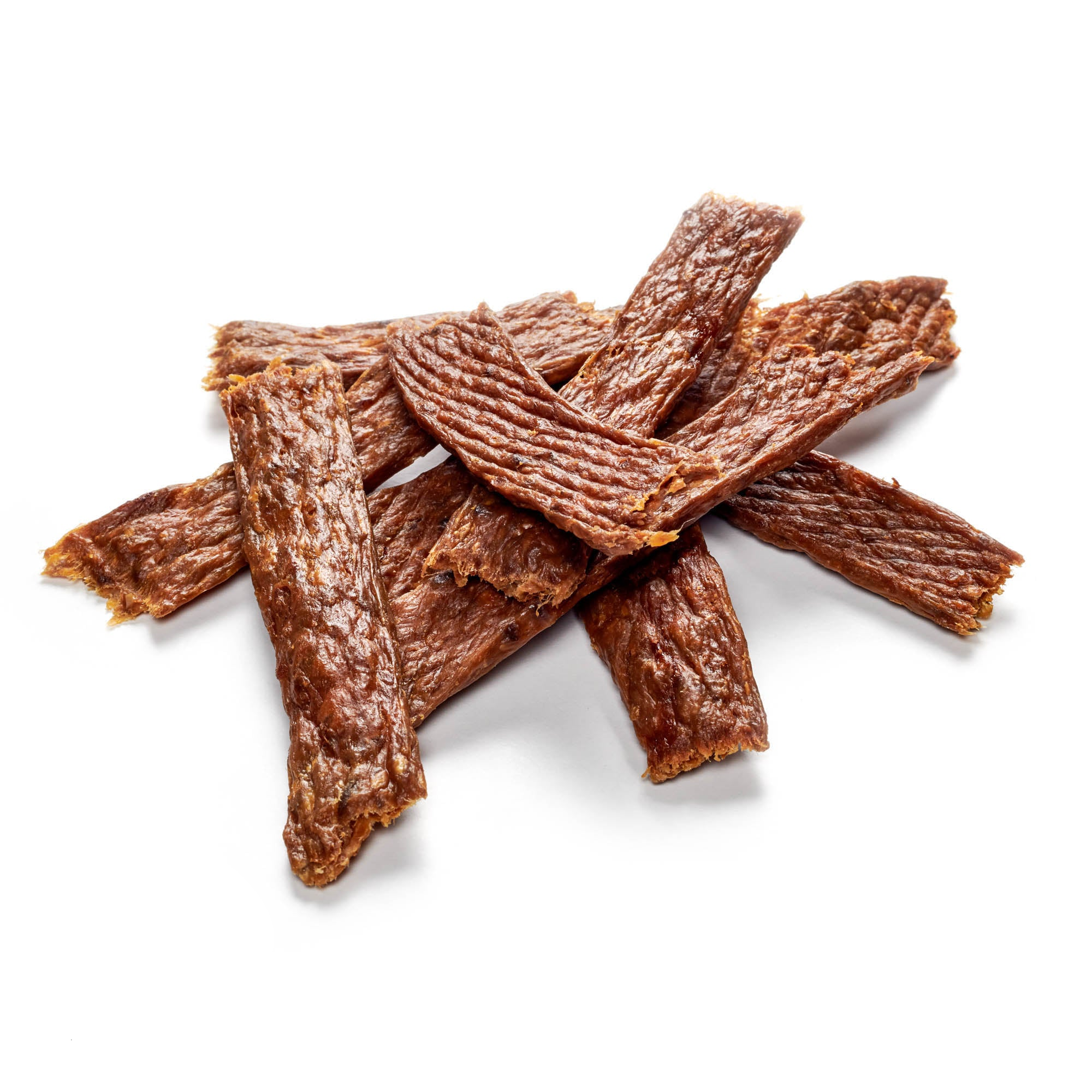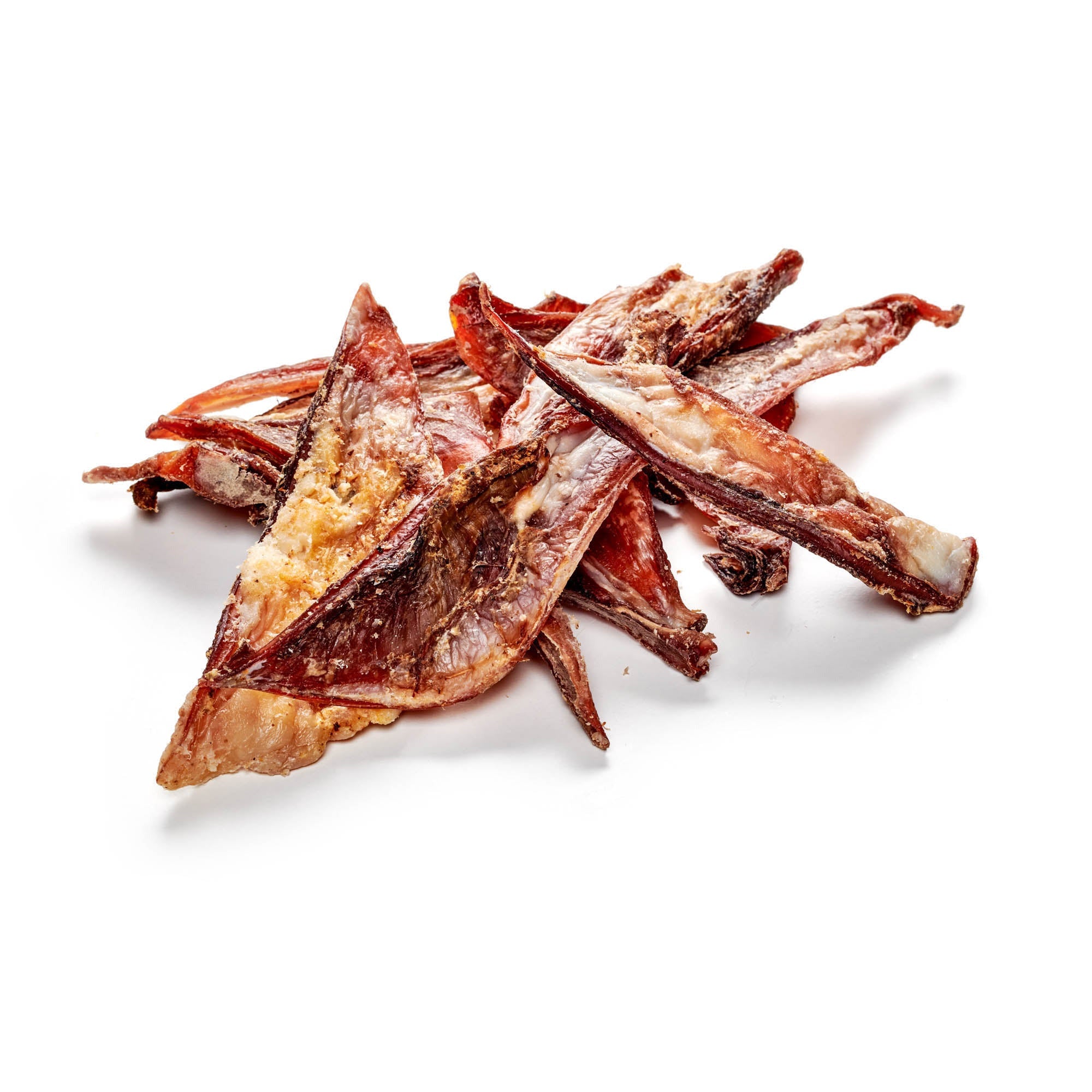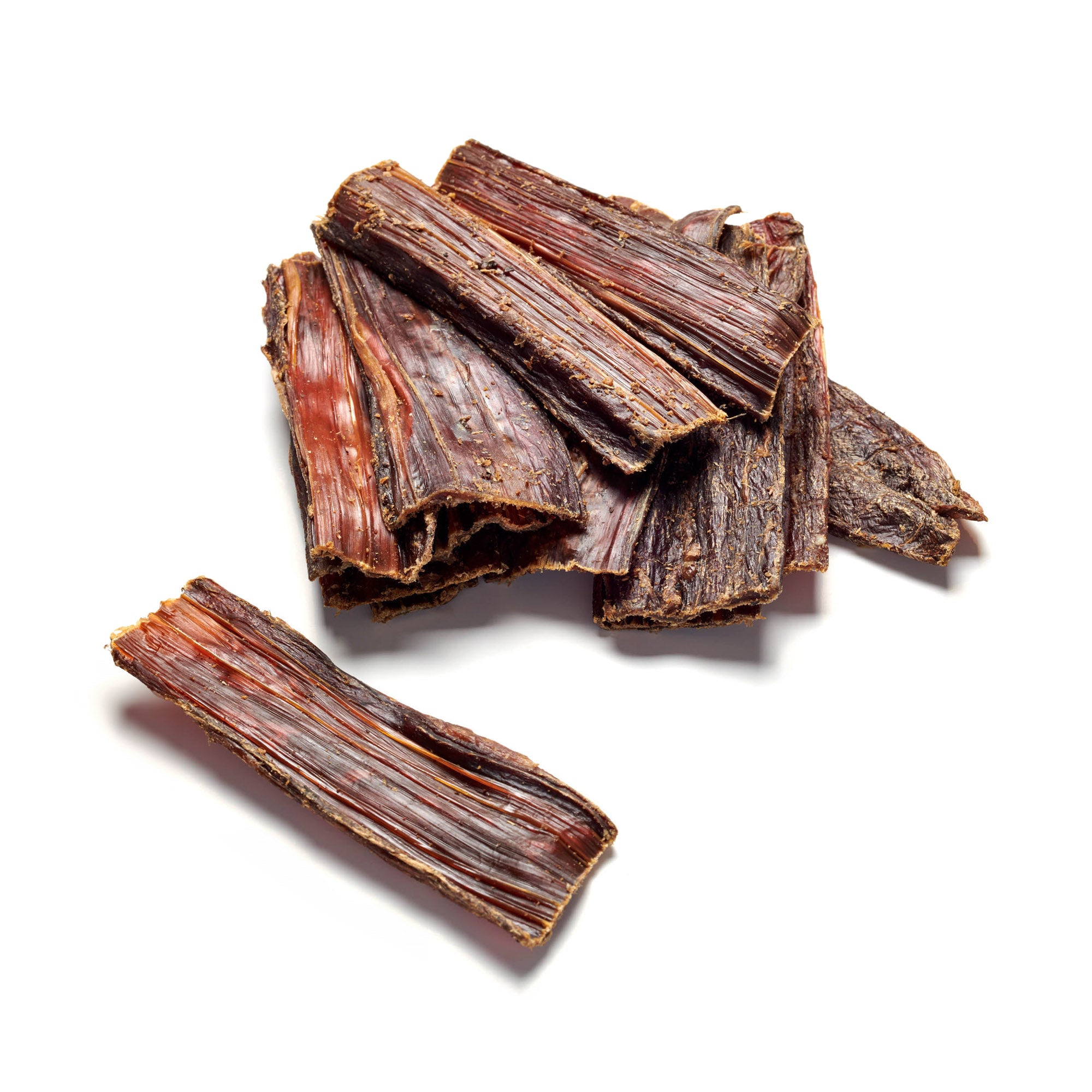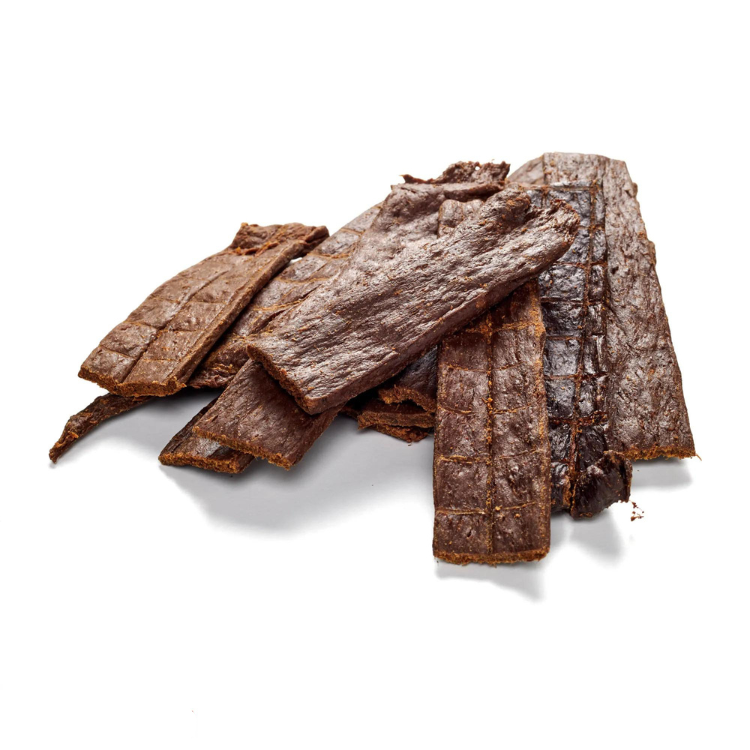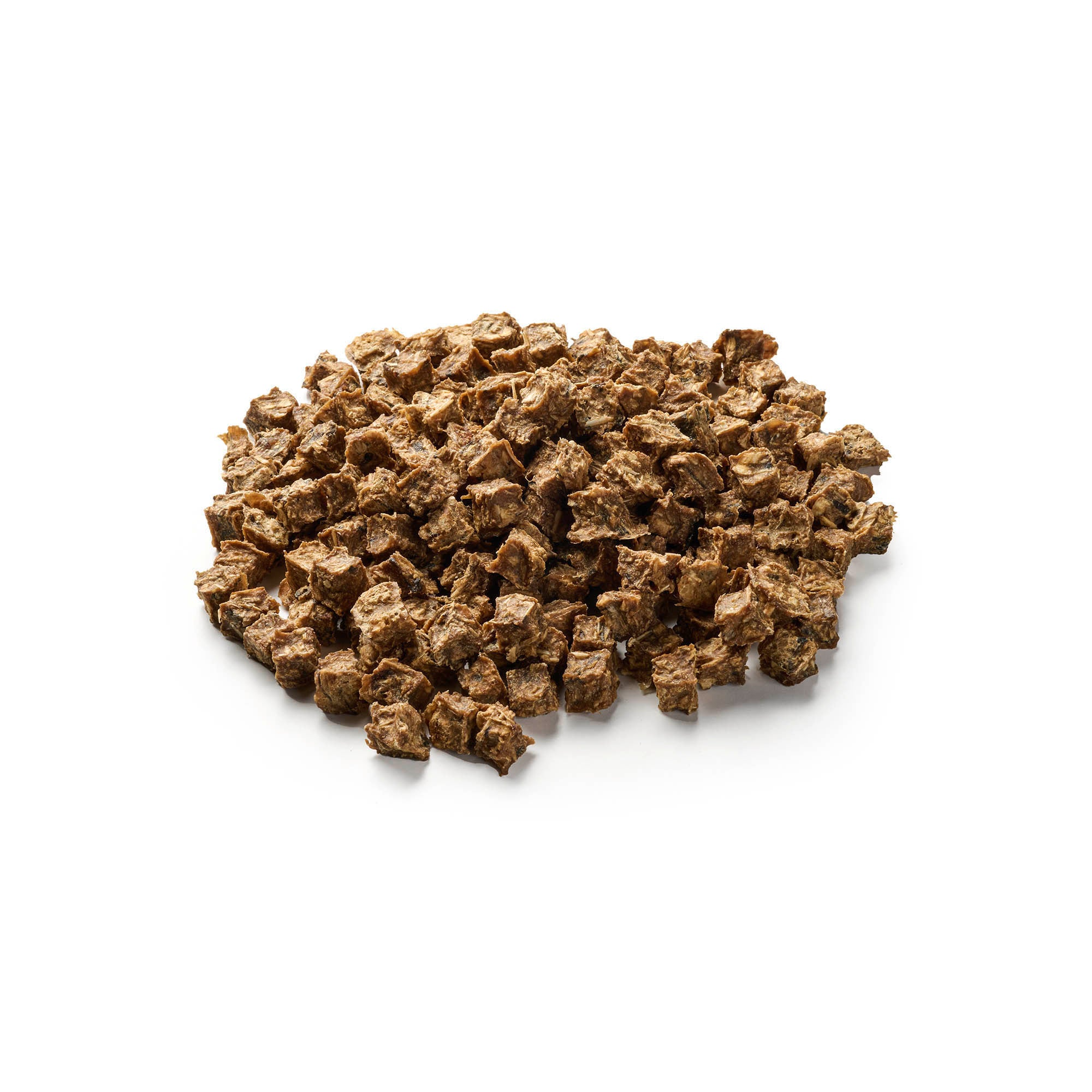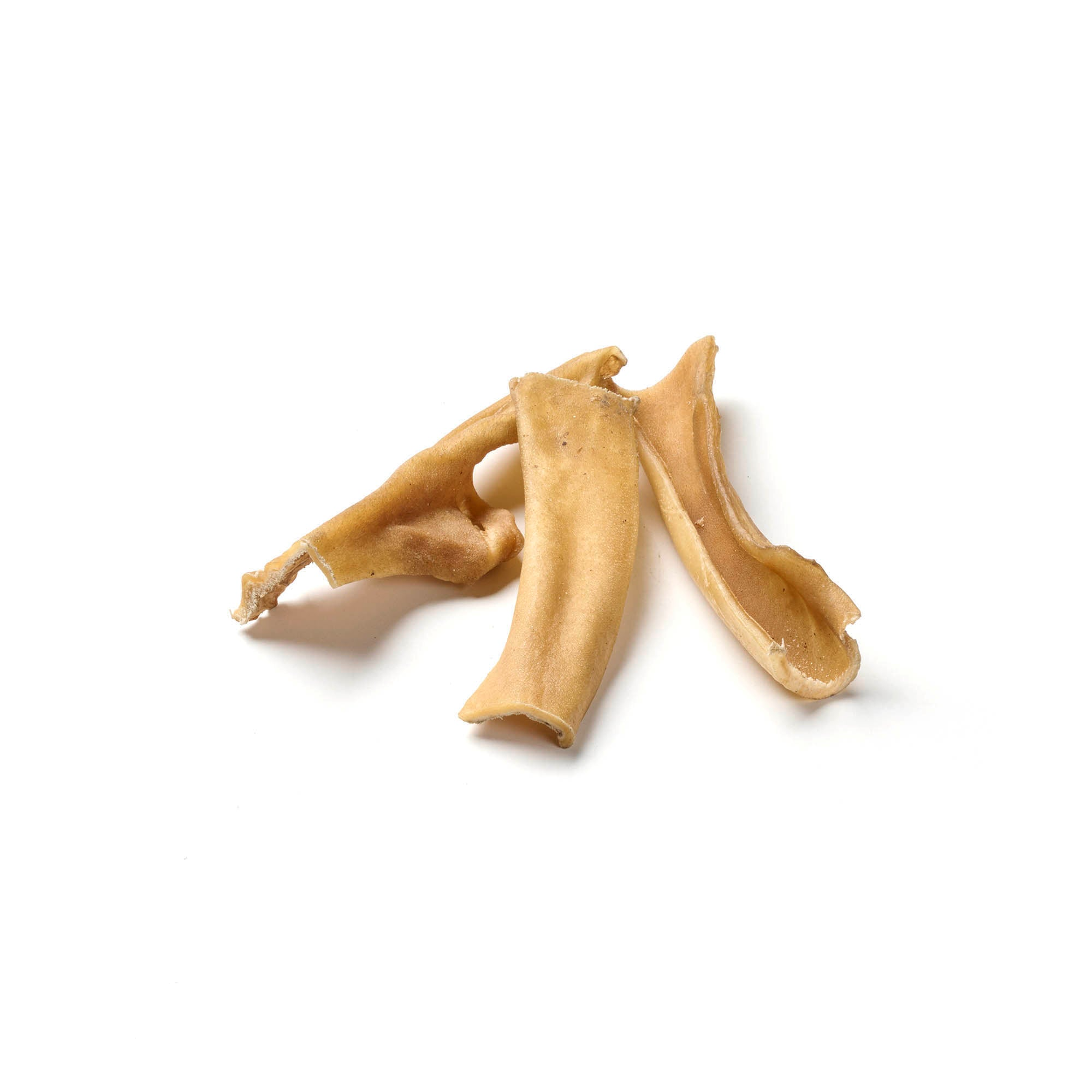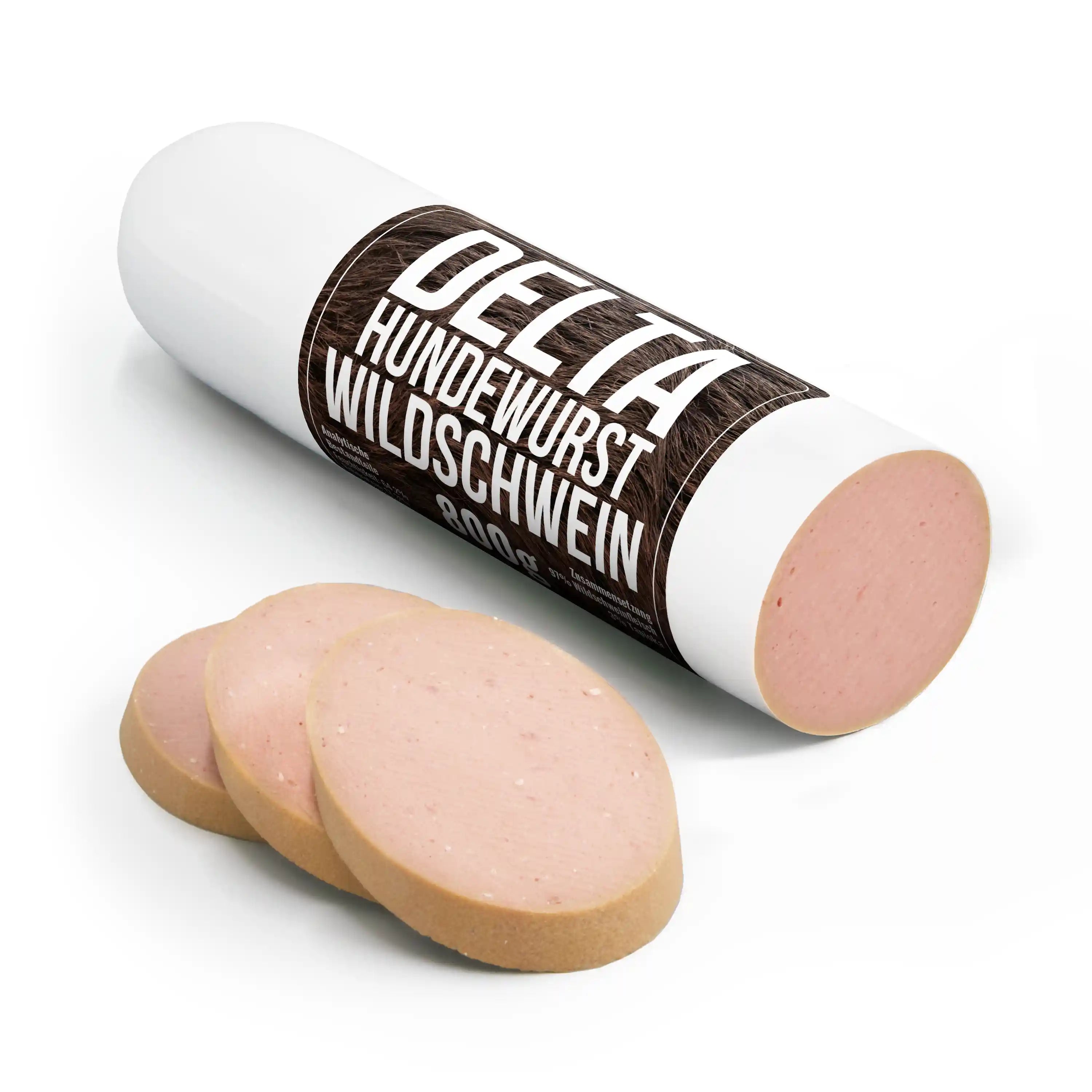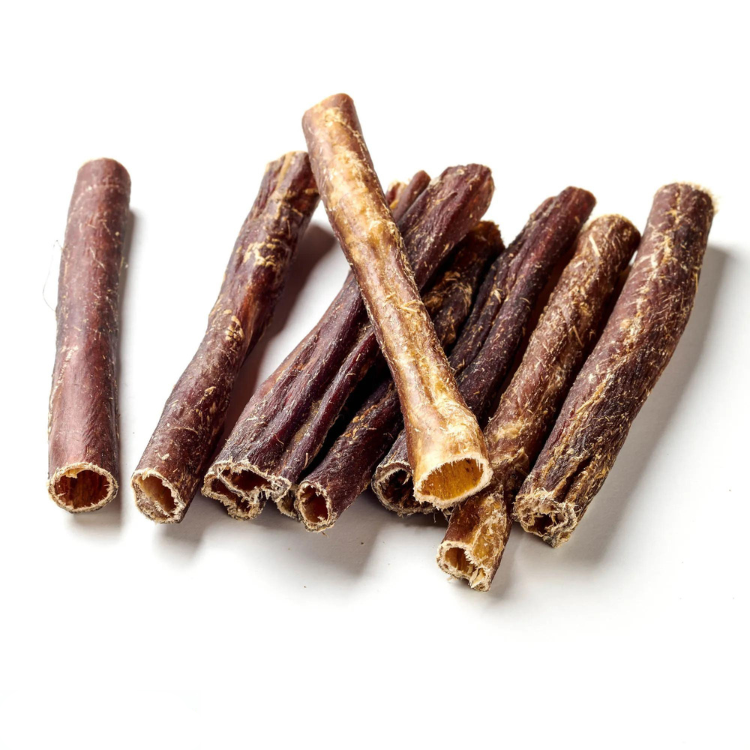
Australian terriers
Share
The Australian Terrier is a small dog that used to be responsible for catching rats and snakes. It is ideal for keeping in a city apartment if it gets enough exercise and movement. This makes it a good choice for single people in the big city and its funny and playful nature will win everyone's heart. The Australian Terrier is one of the smaller dogs, measuring just 25 cm at the withers. As is usually the case, female dogs are a little smaller. However, the small dogs can live to a relatively old age of 11 to 15 years.
Content: Australian Terrier
- profile
- Special features
- Nutrition
- Health and care
- Origin & History
- The right accessories
- Conclusion
Reward your best friend with our dog treats!
Australian Terrier - Profile
- Character: Curious, Optimistic, Temperamental
- Size: Small
- Height: 23-28 cm
- Weight: 5.4-7.3 kg
- Life expectancy: 11-15 years
- Coat type: Long hair
- Colour: Blue, red, sand, tan
- FCI Group: Terriers
Australian Terrier - Special Characteristics
The Australian Terrier is a small dog originally used for catching rats and snakes. They are well suited to life in a city apartment, provided they get enough exercise and space. Standing at just 25cm at the withers, they are one of the smaller dogs, although females tend to be a little smaller. However, these small dogs can live to a relatively old age, with a life expectancy of 11 to 15 years.
The Australian Terrier is easily recognized by its short legs, tapered head, elongated body and cheerful hairstyle. It explores its surroundings with a springy and energetic gait. Its head is flat with a prominent forehead, and it has a black nose and a powerful muzzle. Its eyes are small and light brown and radiate happiness. With its upright, pointed ears, nothing escapes it. Its soft undercoat is covered with thick outer hair, and a distinctive ruff and silver mane are typical of this breed. The Australian Terrier can have different coat colors, with the blue coat with tan legs and head being the most common variant. Red and sand-colored specimens are less common. Even today, it is still used in Australia to fight snakes and rats. Therefore, like all dogs of this breed, terriers from Australia are particularly active and adventurous. Only with sufficient activity can it fully develop its personality. Their manageable size makes them well suited to single people or working professionals, and their patience with children makes them a family-friendly companion. Despite their small size, they are determined guard dogs who will defend their family without being unfriendly to strangers. However, they can also be very stubborn, so it is advisable to train this breed of dog from a puppy age.
Australian Terrier - What should you consider when feeding it?
Small dogs have small stomachs and should therefore eat several small meals throughout the day rather than one large one. The choice of food should be tailored to the dog's age and weight. There is special puppy food , adult food and senior food. As the Australian Terrier is an active breed of dog, it needs energy-rich dog food, especially if you plan on doing sporting activities with it. Look for special food or nutritional supplements for dogs. A mixture of dry and wet food is often a good idea, as dry food is cheaper and its firm consistency is good for dental health , while wet food can provide taste and valuable nutrients, especially if it is fresh BARF (biologically appropriate raw food). So that your small dog can absorb its food well, it should not be too big.
Obesity is also unhealthy for dogs and should be avoided. Regular palpation helps to control the weight, as a few grams more or less are hardly noticeable with the naked eye due to the thick fur. The rear ribs should be clearly noticeable, then he is at the right weight. With time and a little experience, you will find the right amount of food for your Australian Terrier. Remember to include treats in the total amount of food.
Reward your best friend with our dog treats!
Australian Terrier - Health and Care
The Australian Terrier is easy to care for, as its coat does not need to be trimmed or extensively combed or brushed. However, the hair around the ears and the eye area should be carefully removed. Bathing causes the coat to lose its natural dirt-repellent properties, so this should only be done in exceptional cases and with special dog shampoo. Cutting the claws may require the help of a veterinarian, as injuries can occur if done incorrectly.
All terriers have a lot of energy, and the Australian Terrier can never get enough exercise. He cuts a fine figure when going for a walk or cycling and enjoys adventures and encounters with other dogs. He is ideal for dog sports such as dog dancing, agility and obedience. He is considered easy to train and is also suitable for novice dog owners, although he can be quite stubborn.
Australian Terrier - Origin & History
British immigrants brought various terrier breeds to Australia in the 19th century, such as the Dandie Dinmont Terrier , Scotch Terrier, Irish Terrier , Broken Coated Terrier, Cairn Terrier and probably Sky Terrier and Yorkshire Terrier . Various terrier species were thus involved in the creation of the Australian Terrier. The continent now had its own terrier breed that was used in many different ways. These small dogs not only helped as guard or herding dogs, but were also excellent snake catchers, rat controllers and vermin hunters. The Australian Terrier was particularly robust and hardworking and could withstand the harsh conditions in Australia.
Although the breed spread quickly across the Australian continent, it took until 1906 for the first Australian Terrier to arrive in England. It only became known in Germany in the 1970s. The breed standard was established in 1896, but has changed over the years. Floppy ears have not been permitted for this breed since 1947. In 1963, the Australian Terrier was recognized by the FCI. The current breeding standard is established and monitored by the Australian Terrier Club.
Australian Terrier - The right accessories
Even small dogs may require a variety of accessories. These include a collar or harness and a leash. For Australian Terriers, a flexi leash can also be tried, although many dogs do not cope well with the constantly changing length of the leash. Be sure to choose models that fit your dog's size. A dog basket with a cozy blanket in a quiet place in the apartment will be enough for him, although a proper dog bed certainly won't hurt, but due to his light weight, it is unlikely to bring any particular health benefit to his joints.
Active dogs like terriers love toys, although individual preferences can vary. With a small selection of toys, you will quickly find out what your Australian Terrier likes and what he doesn't. Drivers also need a transport box to get their beloved four-legged friend safely from A to B. In this case, a small, portable dog transport box is sufficient.
Conclusion
The Australian Terrier is a hardy and lively dog breed, ideal for city and country life. With a life expectancy of 11 to 15 years and a low-maintenance nature, it is perfect for active individuals or families. The breed needs regular exercise and attentive care, especially when it comes to grooming. With the right accessories and an appropriate diet, the Australian Terrier becomes a cheerful and loyal companion. Its adaptability and energy make it a charming pet that quickly wins the hearts of its owners.
Discover our selection of premium dog chews!

